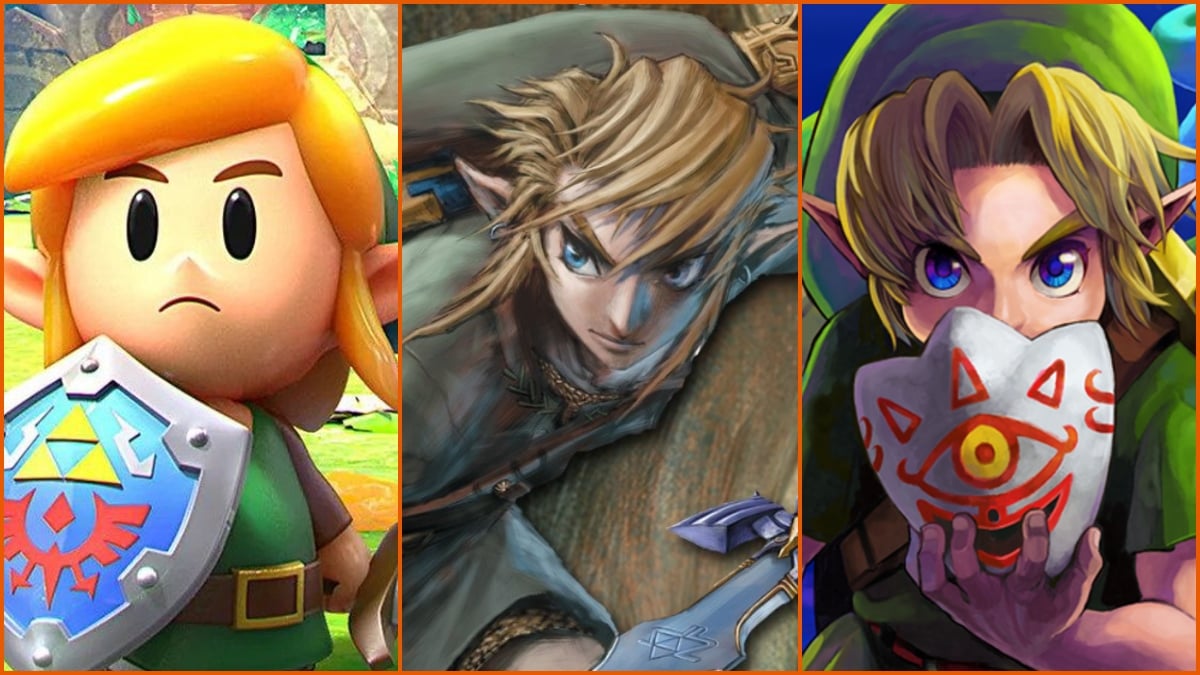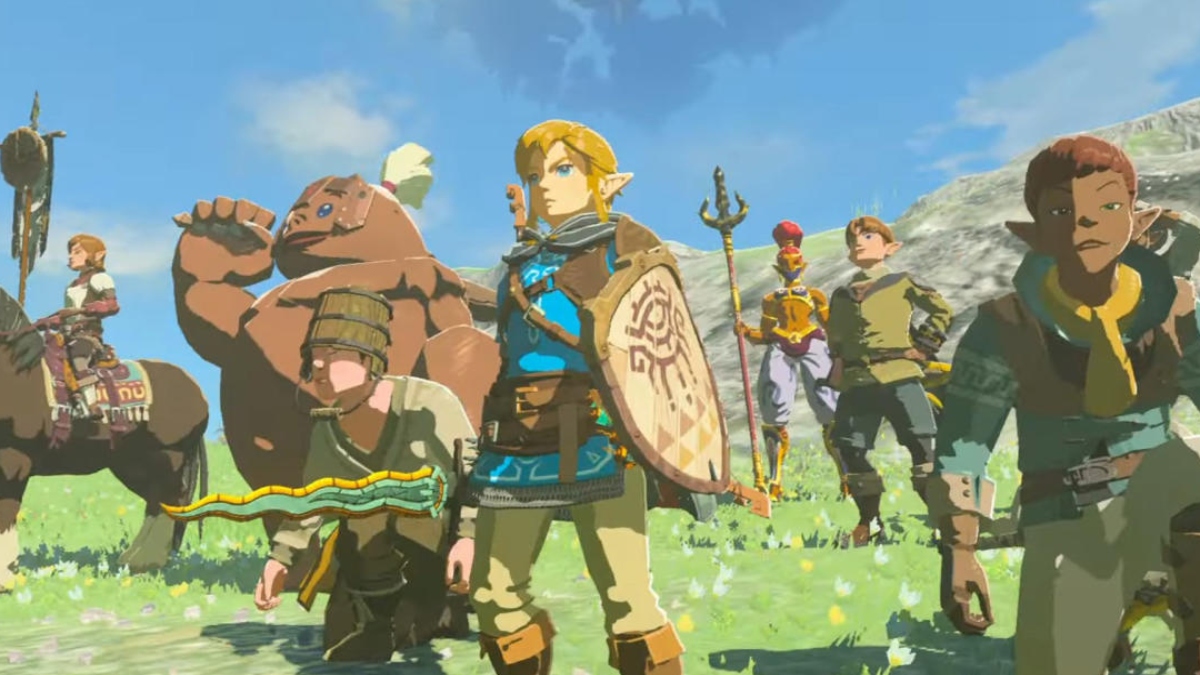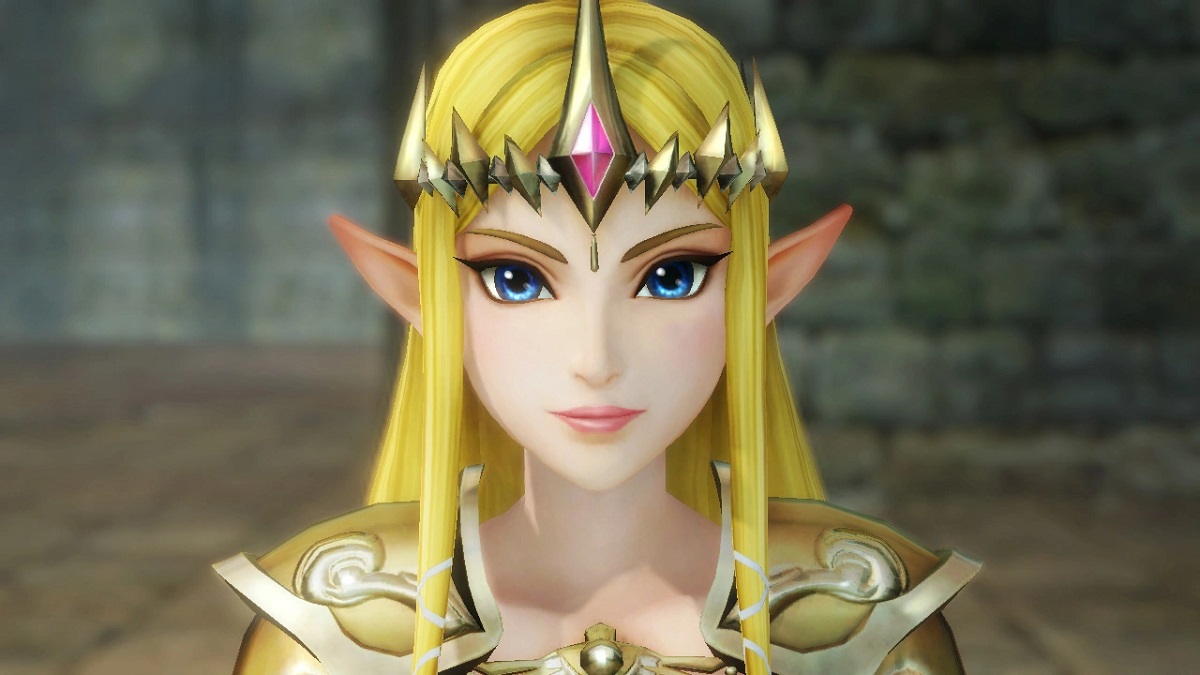It’s been a long journey since that first game in 1986 introduced us to Link and asked us to go on a pixelated adventure to save Princess Zelda and Hyrule itself from the evil warlock Ganon. Now — with more than a dozen installments and almost four decades of game design experience backing it up — Nintendo has just released the latest installment in The Legend of Zelda series, titled Tears of the Kingdom, and achieved unanimous acclaim from critics and gamers.
Zelda might remain a humble game in its bearings, but don’t mistake that modest exterior for anything other than pure, unadulterated fun. While Nintendo may have originally set out to depict a high-fantasy story — and succeeded at it to a large extent — the true spirit of Zelda games is in all the fun you can have in their worlds. And even now, were you to pick up a much older game with outdated mechanics, you’d still have as much fun.
Which is why we’ve decided to give you a complete rundown on the franchise from its conception in the mid-80s to 2023’s Tears of the Kingdom.
A brief timeline of The Legend of Zelda

Through more than five generations of home video game consoles, The Legend of Zelda has remained a relevant cultural phenomenon, starting all the way back with the eponymous 1986 video game. This was a game that never took itself too seriously, so despite building upon fantasy elements, it also incorporated a ton of incongruous features that made the gameplay experience more fun.
In time, those features became a staple of the franchise, and The Legend of Zelda took a life of its own both within the gaming community and outside of it among high speculative fandoms.
Nintendo followed that first game with a number of sequels in the form of 1987’s The Adventure of Link, 1991’s A Link to the Past, 1993’s Link’s Awakening, 1998’s Ocarina of Time, and 2000’s Majora’s Mask – which also garnered a ton of acclaim. Ocarina of Time and Majora’s Mask, in particular, have gone down as two of the best video games in history, so much so that even now, after all these years, they still make it into the top 10 lists as a testament to how well they’ve stood the test of time.
All in all, there have been 19 major releases in the franchise, but that’s barring the HD remasters that have occasionally made their way out on a new console. Here they are in order of release:
- The Legend of Zelda (1986) for NES and GameCube
- The Adventure of Link (1987) for NES
- Link’s Awakening (1993) for Game Boy
- Ocarina of Time (1998) for Nintendo64 and GameCube
- Majora’s Mask (2000) for Nintndo64 and GameCube
- Oracle of Seasons and Oracle of Ages (2001) for Game Boy Color
- Four Swords (2002) for Game Boy Advance
- The Wind Waker (2002) for GameCube
- Four Sword Adventures (2004) for GameCube
- The Minish Cup (2004) for Game Boy Advance
- Twilight Princess (2006) for Wii and GameCube
- Phantom Hourglass (2007) for Nintendo DS
- Spirit Tracks (2009) for Nintendo DS
- Skyward Sword (2011) for Wii
- A Link Between Worlds (2013) for Nintendo 3DS
- Tri Force Heroes (2015) for Nintendo 3DS
- Breath of the Wild (2017) for Nintendo Switch
- Tears of the Kingdom (2023) for Nintendo Switch
Among these, The Wind Waker, Twilight Princess, and Skyward Sword have pushed the narrative and game design forward in meaningful ways, not to mention that they’ve also received extremely positive reviews. So, if you ever wish to play through the franchise, make doubly sure to play these entries.

Of course, that’s not all the Legend of Zelda games out there. Nintendo has also released a few notable spinoffs over the years, like 2014’s Hyrule Warriors, which is a crossover of Zelda and Koei’s Dynasty Warriors series. There’s also the sequel, Age of Calamity, which came out in 2020 and served as the prequel to Breath of the Wild.
The Legend of Zelda has had an epic tenure over the past three decades, and with how Tears of the Kingdom is turning out, we have no doubt that Nintendo will continue riding this wave in the foreseeable future.










Published: May 11, 2023 04:46 pm